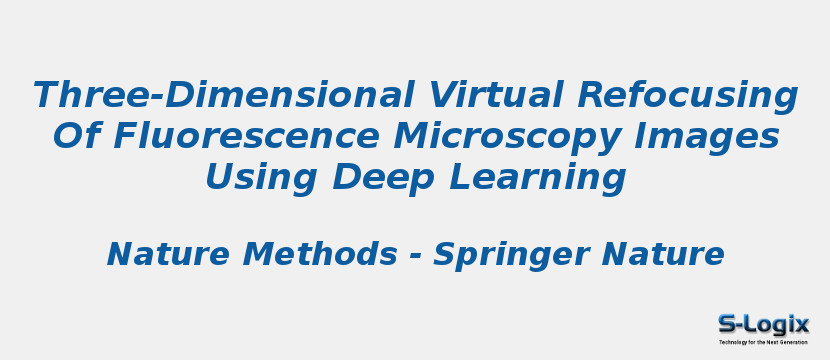Research Area: Machine Learning
We demonstrate that a deep neural network can be trained to virtually refocus a two-dimensional fluorescence image onto user-defined three-dimensional (3D) surfaces within the sample. Using this method, termed Deep-Z, we imaged the neuronal activity of a Caenorhabditis elegans worm in 3D using a time sequence of fluorescence images acquired at a single focal plane, digitally increasing the depth-of-field by 20-fold without any axial scanning, additional hardware or a trade-off of imaging resolution and speed. Furthermore, we demonstrate that this approach can correct for sample drift, tilt and other aberrations, all digitally performed after the acquisition of a single fluorescence image. This framework also cross-connects different imaging modalities to each other, enabling 3D refocusing of a single wide-field fluorescence image to match confocal microscopy images acquired at different sample planes. Deep-Z has the potential to improve volumetric imaging speed while reducing challenges relating to sample drift, aberration and defocusing that are associated with standard 3D fluorescence microscopy.
Keywords:
Three-Dimensional
Virtual Refocusing
Fluorescence Microscopy Images
Deep Learning
Machine Learning
Author(s) Name: Yichen Wu, Yair Rivenson, Hongda Wang, Yilin Luo, Eyal Ben-David, Laurent A. Bentolila, Christian Pritz & Aydogan Ozcan
Journal name: Nature Methods
Conferrence name:
Publisher name: Springer Nature
DOI: 10.1038/s41592-019-0622-5
Volume Information: volume 16, pages: 1323–1331 (2019)
